What You Need to Know About Food Safety
The Centers for Disease Control (CDC) estimates about 76 million cases of food poisoning occur yearly in the United States. That means each year 1 in 3 Americans get sick from the food they eat. That’s 8,675 per hour. 144 per minute. 2 per second.
325,000 cases of food poisoning lead to hospitalization each year, and in 5,200 cases, death ensues. Preventing food poisoning is no little matter.
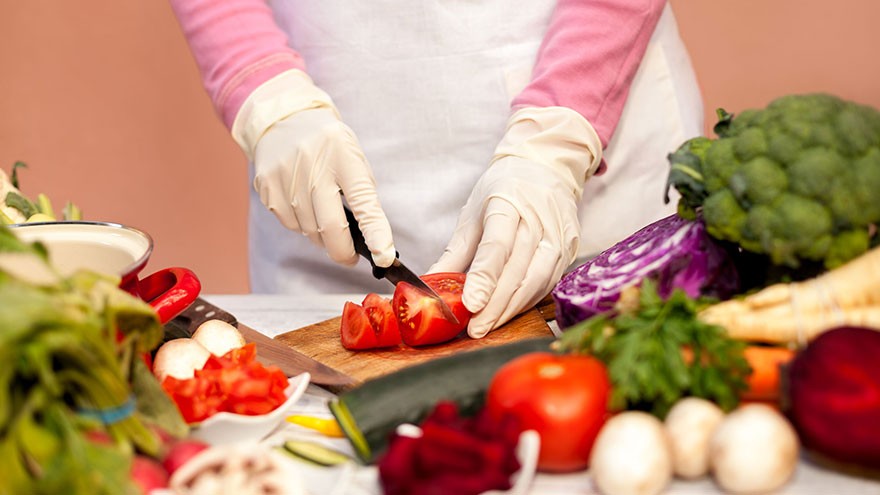
Fortunately, it’s relatively easy to prevent food poisoning if you follow a few basic guidelines. Here’s everything you need to know to keep you, and those who eat your food, safe.
Cooking Safety
Proper hand washing before, during, and after cooking is essential to prevent food poisoning. To wash your hands correctly, use warm water and soap. Scrub with the soap for at least 20 seconds, then rinse and pat dry. Use a paper towel to turn off the faucet handle, since whatever germs were on your hands when you turned on the faucet now contaminate the handle.
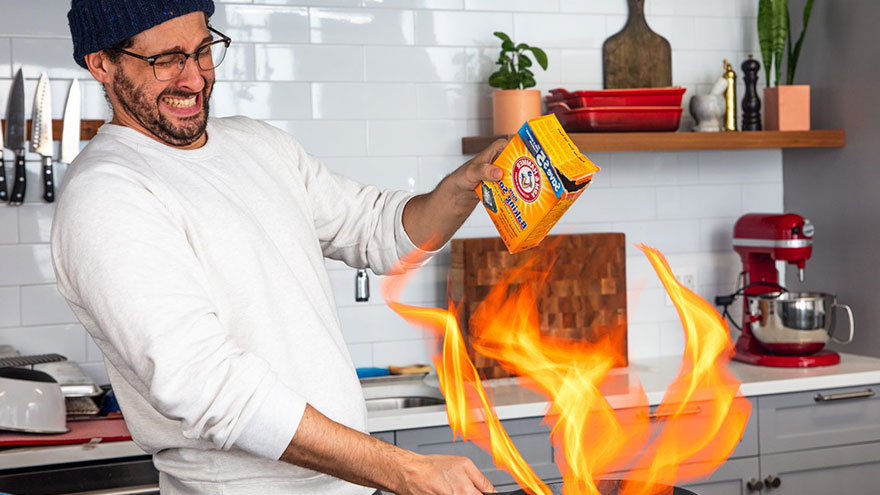
Another important step to preventing food poisoning is using a thermometer. Always use the thermometer and always cook foods to at least the minimum suggested temperature to kill bacteria. Meat and fish should be cooked to 145 degrees F, pork, ground beef, and egg dishes (like quiche) to 160 degrees F, chicken to 165 degrees F.
You Might Also Like : How Heat Affects Your Cooking
Cross-Contamination
Cross-contamination is what happens when bacteria from one food is transferred to another food. This often happens when cooks don’t hand wash during food prep, or when cutting boards, plates, and utensils are shared.
It’s important to keep the Big Three – raw poultry, meat, and seafood – separate from each other and from other foods you’re using. When handling the Big Three, wash you hands immediately after touching, don’t share utensils, and use a separate cutting board. Wash countertops with bleach after having the Big Three (or their packaging) sitting on them. It’s especially important to keep the Big Three away from fresh produce that won’t be cooked.
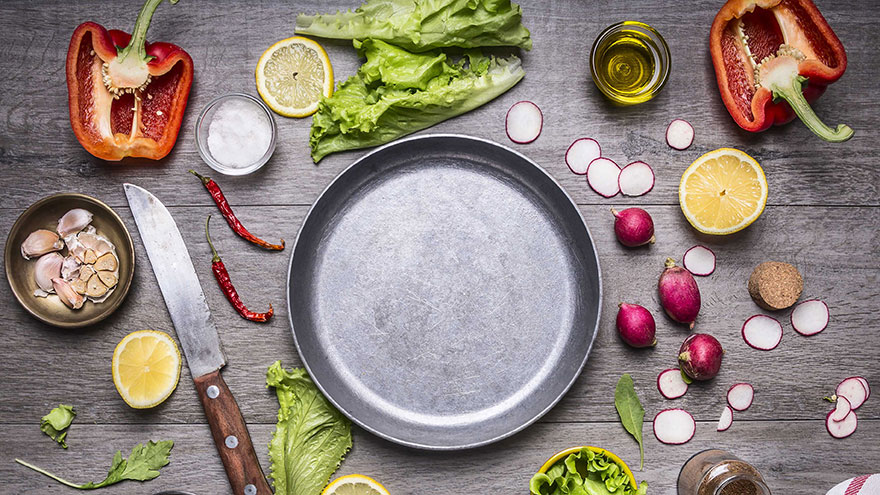
But cross contamination can happen long before you begin cooking. For this reason, while shopping, place the Big Three in separate plastic bags to keep their juices from dripping onto other foods. (Cloth bags won’t contain juices, and therefore aren’t suitable.) Also place the Big Three in separate grocery bags after checkout.
When you return to your kitchen, keep the Big Three in plastic containers or in sealed plastic bags in the refrigerator to keep any juices contained.
Refrigerating
Never defrost frozen food at room temperature. Instead, to prevent the growth of bacteria, place frozen food in a container (to prevent drips from contaminating other foods) and defrost in the refrigerator.
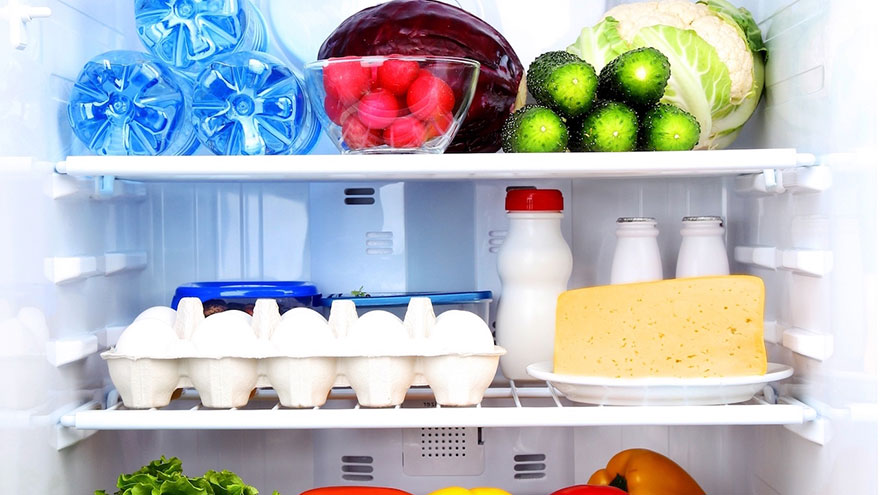
Refrigerate all left overs within two hours to prevent the growth of bacteria. If the temperature in the building is over 90 degrees F., left overs need to go into the refrigerator within an hour.
To work effectively, the refrigerator should be set at 40 degrees F.
After Cooking
Never serve food on a plate, platter, dish, or bowl that once held something raw.
Finally, when you’re done cooking, thoroughly clean all countertops with bleach and run all cutting boards, utensils, kitchen knives, bowls, and plates through the dishwasher to sanitize them.
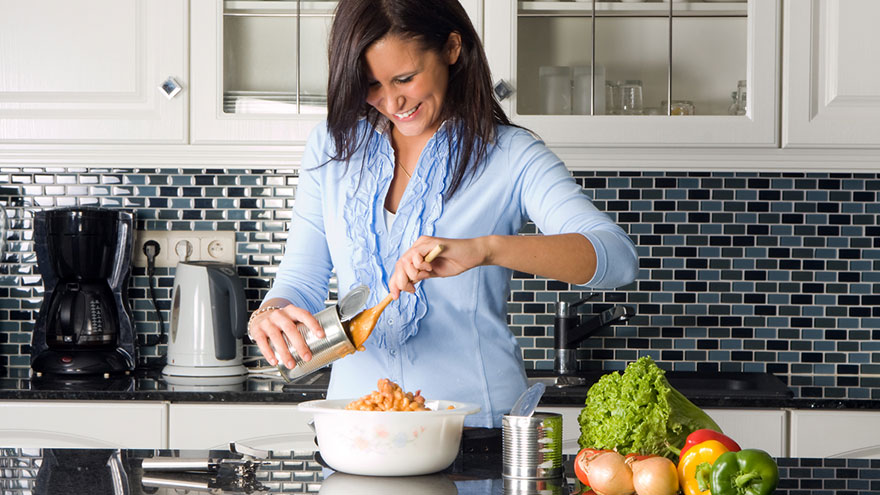
Check out the video version of this article on YouTube : What You Need to Know about Food Safety

